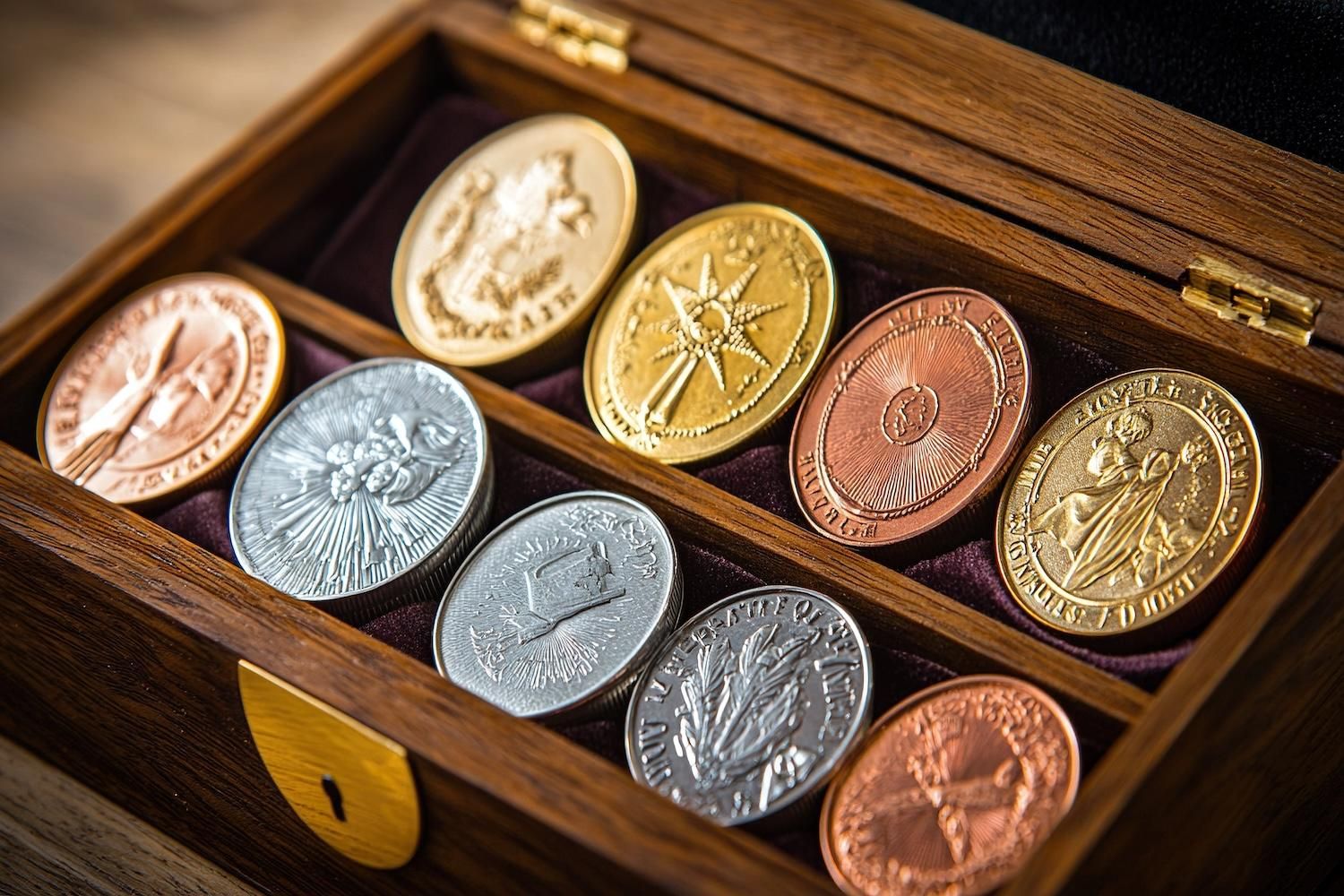
June 14, 2024
Ora Gold (ASX:OAU) a forward-thinking gold explorer that presents a unique opportunity with shallow, high-grade Crown Prince gold deposit, and significant land package in the prolific Murchison goldfields. Ora Gold takes pride of its strategic alliance with established Australian gold producer Westgold Resources, which positions it as a noteworthy contender in the Western Australian gold exploration space.
As Ora Gold continues to navigate the path to production, its journey is one that astute investors will watch with keen interest.

Ora Gold' strategic alliance and $6 million placement with Australian gold producer Westgold Resources provides a clear pathway to commercialising Crown Prince in a strong gold price environment, validates the quality of the deposit and enables Ora Gold to leverage Westgold’s internal resources, intellectual property and infrastructure to accelerate development.
Key Focus
- Crown Prince Drilling: Further delineating new high-grade mineralised zones at the north-eastern end of SEZ and Crown Prince East (350 metres from SEZ) and resource definition drilling along strike and below 100 metre vertical depth
- Crown Prince Resource: Updated Mineral Resource Estimate expected in September of 2024.
- Crown Prince Development: progress detailed technical programs, preliminary project development and mining proposal workstreams and agree on an ore purchase agreement and other strategic collaboration initiatives with Westgold
- Regional: Continue systematic regional exploration programs across Ora’s commanding 677 sq km tenure package
This Ora Gold profile is part of a paid investor education campaign.*
Click here to connect with Ora Gold (ASX:AOU) to receive an Investor Presentation
OAU:AU
The Conversation (0)
24 December
What Was the Highest Price for Gold?
Gold has long been considered a store of wealth, and the price of gold often makes its biggest gains during turbulent times as investors look for cover in this safe-haven asset.The 21st century has so far been heavily marked by episodes of economic and sociopolitical upheaval. Uncertainty has... Keep Reading...
24 December
Blackrock Silver Announces C$15 Million Strategic Investment by Two Cornerstone Purchasers
Blackrock Silver Corp. (TSXV: BRC,OTC:BKRRF) (OTCQX: BKRRF) (FSE: AHZ0) ("Blackrock" or the "Company") is pleased to announce a non-brokered private placement (the "Offering") of up to 13,636,363 units (the "Units") at a price of C$1.10 per Unit for gross proceeds of up to C$15,000,000. Each... Keep Reading...
24 December
Gold Price Hits New Record, Breaks US$4,500; Silver, Platinum Also at All-time Highs
Gold marked a new price milestone on Tuesday (December 23), continuing its record-breaking 2025 run. The spot price rose as high as US$4,511.83 per ounce, hitting that point at 4:04 p.m. PST. Don't forget to follow us @INN_Resource for real-time updates!Securities Disclosure: I, Charlotte... Keep Reading...
23 December
From Gold Coins to Copper Tools: Unique Festive Gifts for the Metals Investor
With pumpkin spice in the air, thoughts are turning to the biggest event of the year… No, not the curling championships — Black Friday and the start of the gifting season.Here at the Investing News Network, our team aims to provide relevant information to help readers make informed investment... Keep Reading...
22 December
TomaGold Intercepts 6.68% ZnEq (1.57 g/t AuEq) over 48.05 Metres, including 39.03% ZnEq (9.15 g/t AuEq) over 2.90 Metres at Berrigan Mine and Identifies a Major Hydrothermal Footprint
TOMAGOLD CORPORATION (TSXV: LOT; OTCPK: TOGOF) (“TomaGold” or the “Company”) is very pleased to announce the initial assay results from drill holes TOM-25-009 and TOM-25-010 at its Berrigan Mine project located in the Chibougamau mining camp, in Québec. These are the first two of seven holes for... Keep Reading...
Latest News
Interactive Chart
Latest Press Releases
Steadright Grants Stock Options
24 December
Silverco Confirms No Material Change
24 December
Related News
TOP STOCKS
American Battery4.030.24
Aion Therapeutic0.10-0.01
Cybin Corp2.140.00





